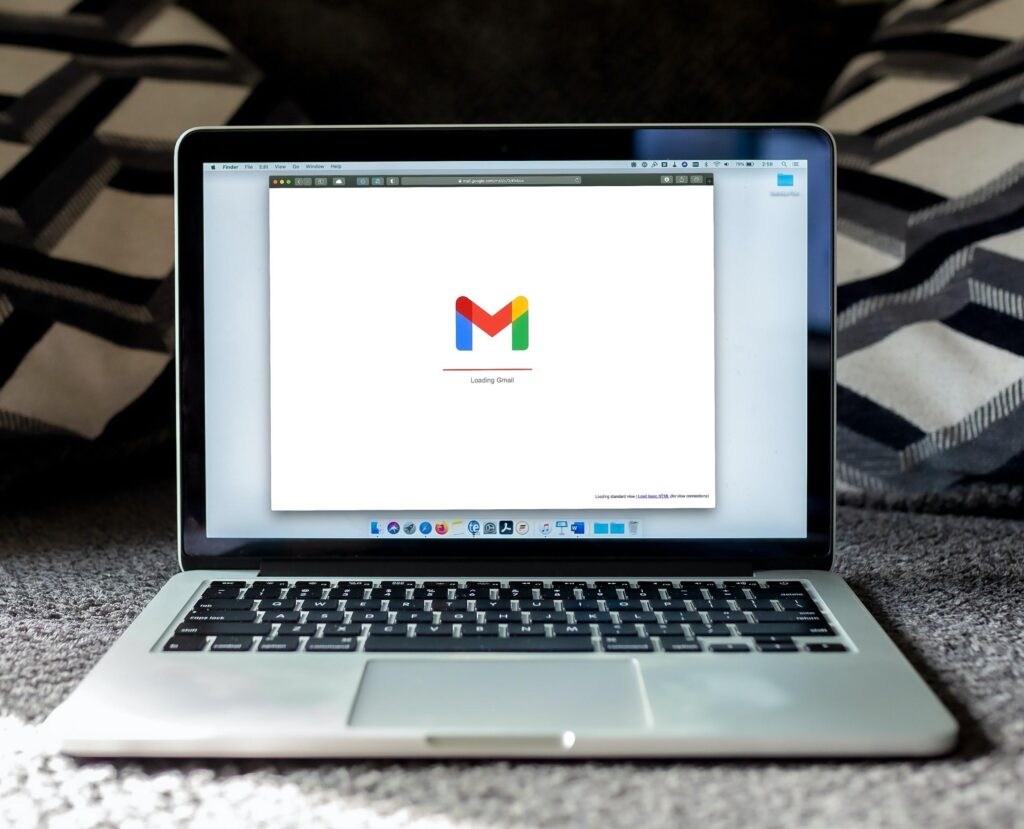There are many factors to consider when starting a business. One vital aspect is choosing your preferred platform for communication. While this largely varies depending on your business’s target market, many find themselves torn between emailing important documents and faxing them. While fax may seem like an outdated concept, it has gained traction following the emergence of cloud faxing.
At first glance, there are no glaring advantages of internet faxing over email. Some may express an email preference simply because it is a much newer form of digital communication than the online fax is. Despite the subtle nature of the dissimilarities between internet faxing and email, they are vital, especially from a business perspective.
Here are four reasons why internet faxing is better than email.
Enhanced Security Features
The main advantage of cloud faxing over other communication methods, including email, is its security. This is what made manual faxing a popular communication method in the first place, despite its shortcomings. With the equally secure technology in cloud faxing, gone are the days of purchasing fax machines or searching for “fax services near me” to find access to fax services when you need them.
All messages sent through online fax undergo end-to-end encryption, which makes them completely inaccessible by any third parties. With email, every message sent can be accessed by virus checkers, firewalls, and many other third parties who handle it along the way. Critical information can be easily compromised compared to the enhanced security features of cloud faxing.
Digital Signatures
Many legally binding documents require physical signatures. With the current digital workplace and remote working preferences, getting these signatures can be quite challenging and time-consuming. In the case of contracts, too much time taken to finalize the specifics could be detrimental to the deal itself.
With cloud faxing, it is possible to add digitized signatures to such documents without printing them out first. The signatures are just as effective and legally binding as physical signatures, which does not reduce the contract’s credibility. Emails do not have this feature, which is a lifesaver, especially when there is limited time.
Reliable Delivery Confirmation Feature
It’s hard to know whether a sent email has been successfully delivered and opened. While there are various email tracking applications in the digital market, they are quite costly, and many people do not have them. A majority of the people who use email rely on a reply to know whether the email was delivered successfully.
It is relatively easy to know if a fax document sent through the cloud has been successfully received or not. Many internet faxing platforms give a notification when the fax is delivered. Coupled with fast delivery speeds, this feature makes cloud faxing an excellent business communication method.
No Blocking for Faxes
The digital space isn’t devoid of any shortcomings. There has been an increased number of hackers who try to acquire valuable information from all different types of businesses in recent times. Many companies who use email have opted to install many filters that redirect potentially harmful emails straight to spam folders.

Emails from potential clients or those containing valuable information may be wrongfully flagged for a variety of reasons. With fax, any document or information sent via the cloud won’t be marked as spam. This helps avoid losing clients, missing out on opportunities, and even boosts employee productivity when they have a reliable communication method.
Confidently Send and Receive Sensitive Information
Most of the communication done in a business largely comprises confidential information. In the wrong hands, this information could be extremely damaging to your business. Despite it being a newer digital platform, email is not preferable for business communication. Using internet faxing assures you an extra layer of security for the information and documents sent and received.

